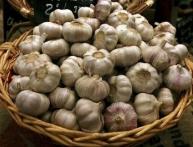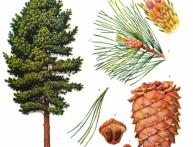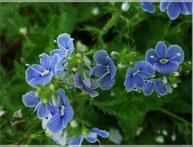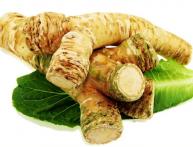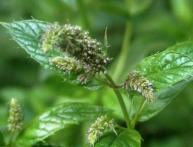Meadow lumbago in folk medicine
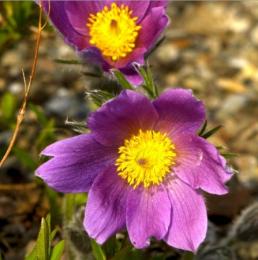
perennial meadow lumbago - a plant with a long, erect, hairy stem that lengthens during fruiting and bears a covering of three leaves.
The leaves at the roots are collected in a rosette, single large flowers bloom before the leaves appear. The petals are densely covered with hairs on the outside. The fruit is a multi-nut with a hairy column, which gives a special decorative appearance to the plant during fruiting.
Blooms meadow lumbago in April-May.
Meadow lumbago is more common in the European part of Russia in pine forests, open sandy hills, and on the edges of forests. For medicinal purposes, meadow lumbago leaves are used, which are harvested in April-May.
In folk medicine, meadow lumbago is known as sedative hypnotic. Meadow lumbago has a bactericidal, expectorant, fungicidal, and anti-inflammatory effect. Traditional medicine recommends infusions for women's diseases, bronchitis, bronchial asthma, whooping cough, and articular rheumatism.
IN homeopathic purposes the aerial part of the lumbago is used for measles, gastritis, nervous diseases, amenorrhea, menstrual irregularities, inflammation of the eustachian tube, conjunctivitis, and urinary tract diseases. The aqueous extract helps the rapid healing of fungal skin lesions.
Meadow lumbago should be used as an internal remedy with extreme caution, since the plant highly poisonous. Preparations from lumbago are contraindicated for nephritis, gastritis and other gastrointestinal disorders.

